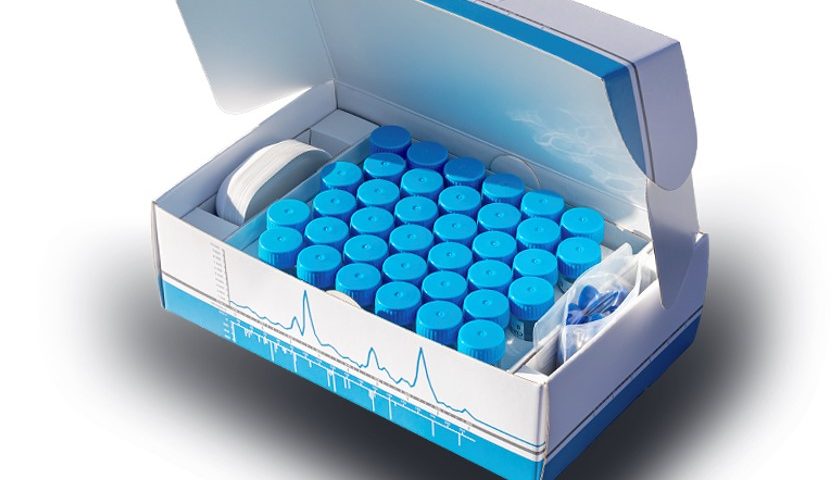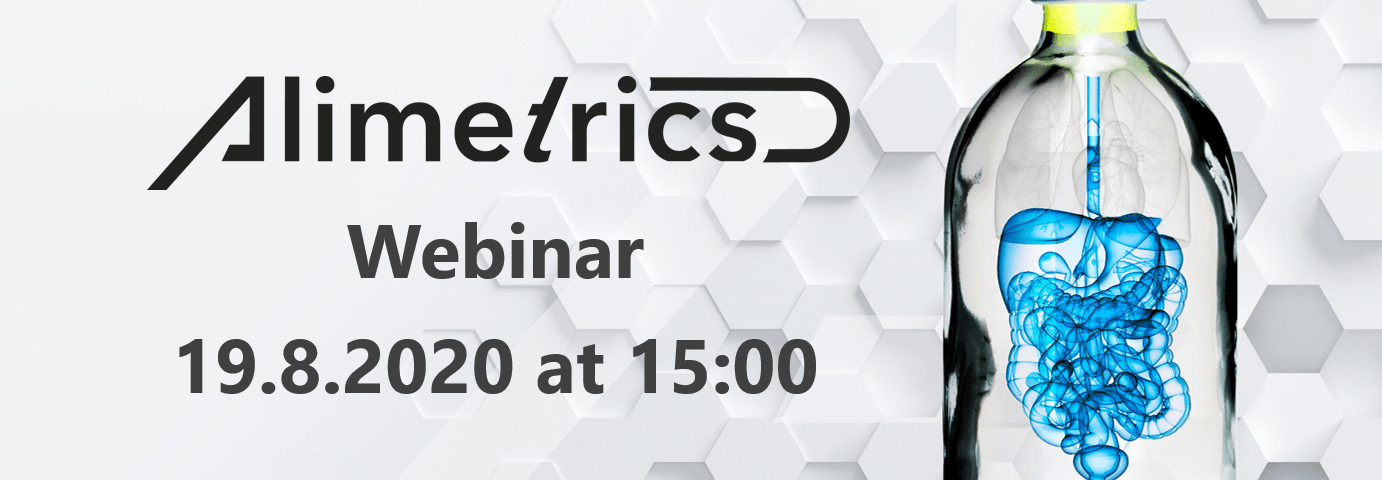Butyrate, a short-chain fatty acid (SCFA) of 4-carbon atoms, is generally considered to be the preferred energy source of epithelial cells in the large intestine. Once produced by bacterial metabolism in the intestinal lumen, much of the butyrate is absorbed, to benefit the host animal’s energy status.
Biogenic amines – an important group of protein degradation products
A wide diversity of intestinal biogenic amines (BA) -producing and biogenic amines -degrading bacterial species have recently been identified. In short, undigested dietary protein that reaches the colon is fermented by microbes possessing amino acid decarboxylase activity into a range of BAs, along with other degradation products such as phenol, cresol, indole, skatole, ammonia, and branched-chain fatty acids. Many of these protein fermentation products are known to have adverse health effects, and high concentrations of these compounds in the gastrointestinal tract are commonly associated with a wide range of diseases and cancer. Origin of biogenic amines In all life forms, […]
BioFreeze™ – the new ‘Gold standard’ for intestinal sample collection
When studying intestinal processes and microbe-mediated gut health, the first step is collection of digesta and/or feces specimens. Standardised sample collection and easy-to-use materials are critical when streamlining the sampling process, to generate reliable scientific data. Immediate freezing of samples is regarded as the gold standard of intestinal sample storage, although freezing and thawing may lead to bacterial lysis and some loss of DNA.
Reverse peristalsis in the intestine of broiler chickens – is it important in practice or just a trivial observation?
The suggestion of reverse peristalsis from caecum to small intestine has puzzled researchers at Alimetrics for a long time, since it is strongly contradictory to our general findings in analyses of bacteria and their metabolites along the intestinal tract of broiler chickens and the fundamental differences between intestinal segments. If reverse peristalsis were frequent and powerful, these characteristic features of different intestinal segments regarding biomarkers and dietary nutrients could not exist.
Zoom-in approach reveals connections between gut microbiota and animal performance
On Wednesday, August 19th at 15:00 (CET) Alimetrics organises a 45 min webinar in which Ph.D. Teemu Rinttilä presents how a combination of DNA-based methods reveals links between intestinal microbiota and animal performance.
Is this family of intestinal bacteria improving animal performance?
The family Erysipelotrichaceae, which is probably quite unknown to most, is an emerging group of bacteria in the phylum Firmicutes, which contains species originally classified into Clostridial subphylum clusters XVI & XVIII. In the cecum of broiler chickens, Erysipelotrichaceae is considered to be part of the core microbiota, comprising a high percentage of total microbiota.
Poor DNA recovery seriously compromises the validity of microbiota analysis
Investigation of bacterial composition by culturing techniques is laborious and prone to strong bias, since the growth requirements of many bacteria are still unknown and therefore cannot be provided under laboratory conditions. To overcome these drawbacks, culture-independent molecular methods based on amplification of 16S rRNA genes have been introduced to obtain a better understanding of the intestinal microbiota.
A unique combination technique provides a major improvement in detection of differences in microbiota composition
Most DNA-based methods for intestinal microbiota characterisation rely on PCR amplification with broad-range primers at an early stage of the protocol. Even though reference is frequently made to ‘universal primers’ capturing all bacteria, strictly speaking such oligonucleotides do not exist. Therefore, general bacterial analysis based on 16S rDNA sequencing is in most cases at least slightly biased, and in the worst case (primers with poor coverage) it is biased to the extent that no conclusions can be drawn on the composition of the microbial community analysed. Percentage guanine + cytosine (%G+C) profiling is a method that physically fractionates bacterial chromosomes […]
Lactic acid accumulation – a universal warning sign of digestive tract disorders
Bacterial lactic acid fermentation is a biological process wherein rapidly fermentable carbohydrates are metabolised by lactic acid bacteria, with lactic acid as a major product. Lactate is the strongest of the common short-chain fatty acids produced by gastrointestinal bacteria and therefore it tends to reduce residual pH more than other acids. During normal conditions, lactate is rapidly absorbed from the intestine or used as a substrate for lactate-utilising bacteria. However, in cases where lactic acid accumulates in lower intestine due to digestive and absorption disorders in the small-intestine, acidosis occurs. This is analogous to lactic acidosis in ruminants and leads […]











